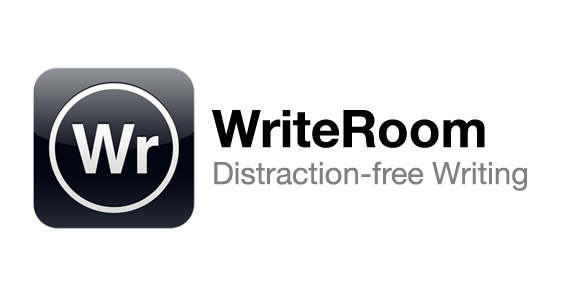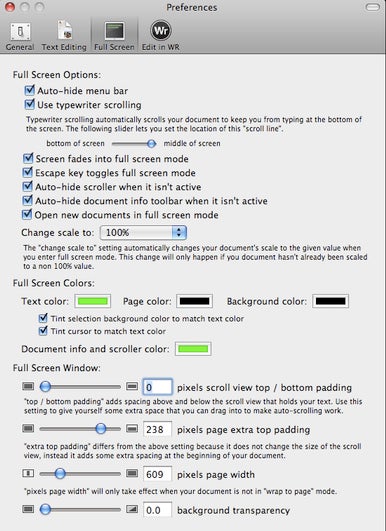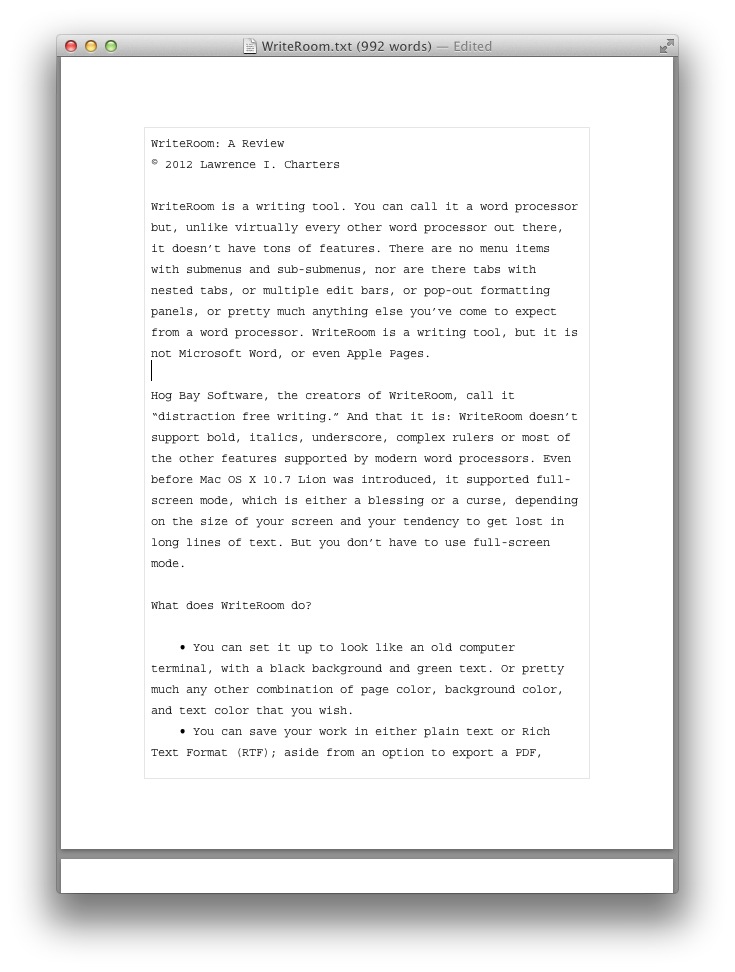

Text files are human and computer readable, have demonstrable longevity and, crucially, are free and open source.

#Writeroom mode software
One part of the solution to this, as demonstrated clearly by software projects like GNU/Linux (referred to herein as Linux), is the use of open source plain file formats like text files. This is not possible if proprietary software solutions are used as there is no guarantee the software will be available at a new role either due to funding, dropped support or incompatibility with other systems. Ideally, any skills learned during any part of an individual’s scientific career should be transferable. Frustration can be avoided if the tool being used is understood.
#Writeroom mode professional
Frustration stemming from unclear error messages, poor wording and lack of training lead to a loss of as much as 40% of a user’s time trying to solve software related issues ( 10).Īs we train the next generation of scientists, and during the course of professional development, it is imperative that individuals reflect on and take control of the digital tools used to plan, conduct and share work. Those more experienced with the software were more likely to be dissatisfied and impeded by the addition of the ribbon into the Office suite ( 9). An exemplar of this type of approach in software was seen with the introduction of the ribbon into Microsoft Office. Adding to an existing system rather than taking away in order to solve a problem is seen across sectors, job roles and in the digital tools used to enable science.

In addition to the wealth of new software offerings humans are keenly biased towards additive problem solving ( 8). One recent report showed that ~51,000 publications in the life sciences had 25,900 unique pieces of software cited ( 7).
#Writeroom mode code
The use of FOSS and open source hardware has been shown to offer flexibility and insight in a range of practical applications within chemical R&D ( 4– 6).Ī wealth of new software is available every year including productivity tools, document management, data analysis suites and code produced via individuals or research groups. It has been suggested that all research software should be free open source software (FOSS) and that closed source software should be the exception ( 3). One nemesis to this approach is the use of proprietary software and proprietary data standards. Reports and peer reviewed publications are needed to share knowledge with others at both an inter- and intra-institution level. FAIR data principles unlock powerful ‘data lake’ workflows that allow for multiple interactions, machine learning and deep insight to be gained, adding value to already collected data ( 2). FAIR data principles have been held as the gold standard for ensuring data across the sciences and across individual institutions is generated and kept in as sustainable a way as possible ( 1).


 0 kommentar(er)
0 kommentar(er)
